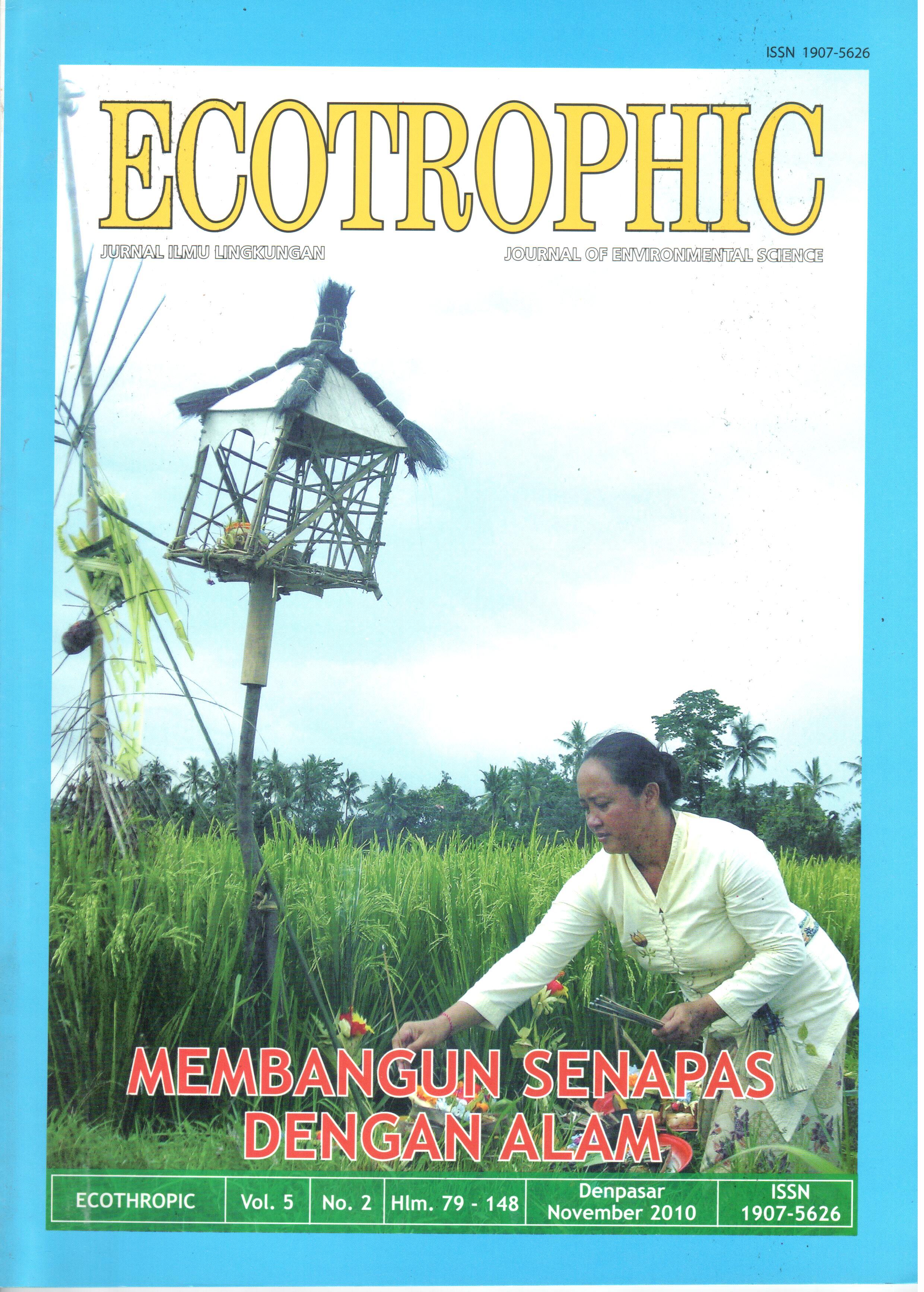IDENTIFICATION OF THE STOCK/POPULATION OF GREEN TURTLE (Chelonia mydas) IN THE SUKAMADE (EAST JAVA) NESTING BEACH
Abstract
Defining the genetic structure of a particular population of marine turtle is an essential ecological aspect to promote their conservation and enhancement because the resources-protect schemes should be made to the each population unit. Mitochondrial DNA (mtDNA) has been proven effective for detecting population structure in nesting population. We use this method to assess the stock/population of green turtle ( Chelonia mydas) in the Sukamade nesting beach. Three haplotypes, i.e. C3, CS, and the new one that we called Sl were found. Haplotype (hd) and nucleotide diversities (?) were calculated to be 0.538 ± 0.115 and 0.00381, respectively. The closest genetic distance was 0.003 (between C3 and CS), and the longest was 0.011 (between C3 and Sl). Comparison between the genetic distances that found in this research and those defined for the Australasian region by Moritz et al ( 2002) is presented as a phylogenetic tree. Pairwise Fst using molecular distances following the model of Tamura-Nei for nucleotide substitution, as well as two other tests, i.e. pairwise Fst using haplotype frequencies, and the Exact test strongly indicates that the nesting population of Sukamade beach is genetically distinct as compared to the other nesting population within the Australasian region.Downloads
Download data is not yet available.
Published
2010-11-01
How to Cite
PURWANASARI, HIDAYATUN NISA; ADNYANA, IB WINDIA.
IDENTIFICATION OF THE STOCK/POPULATION OF GREEN TURTLE (Chelonia mydas) IN THE SUKAMADE (EAST JAVA) NESTING BEACH.
ECOTROPHIC : Jurnal Ilmu Lingkungan (Journal of Environmental Science), [S.l.], v. 5, n. 2, p. 116 - 118, nov. 2010.
ISSN 2503-3395.
Available at: <https://ojs.unud.ac.id/index.php/ecotrophic/article/view/13595>. Date accessed: 25 dec. 2025.
Issue
Section
Articles
Keywords
Green turtle, Chelonia mydas, Nesting site, PCR, haplotype, mtDNA


